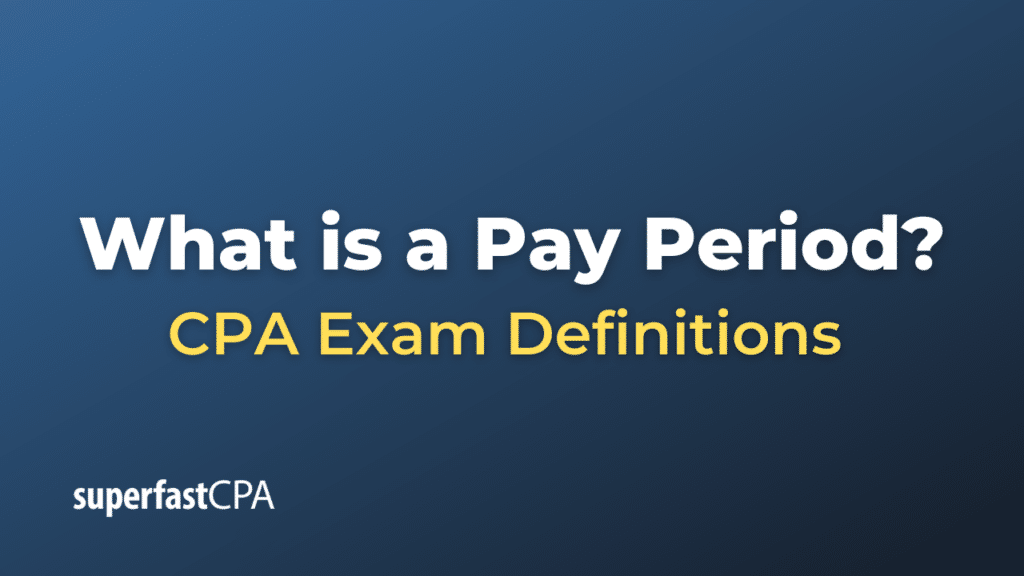Pay Period
A pay period is the recurring length of time over which employee time is recorded and paid. Examples of common pay periods include:
- Weekly: Employees are paid for each week separately, which typically results in 52 paychecks per year.
- Bi-weekly: Employees are paid every two weeks, typically resulting in 26 paychecks per year.
- Semi-monthly: Employees are paid twice per month, usually on specific dates (such as the 1st and the 15th), which results in 24 paychecks per year.
- Monthly: Employees are paid once per month, resulting in 12 paychecks per year.
The choice of pay period may vary depending on the type of work, the industry, company policy, and legal requirements. For instance, hourly workers might be paid weekly or bi-weekly, while salaried workers might be paid semi-monthly or monthly. Some businesses may also have different pay periods for different types of employees.
It’s important for businesses to clearly define and communicate their pay period structure to employees, as it affects when employees receive their wages and can also impact the calculation of overtime pay. In many places, laws and regulations also stipulate minimum frequencies for wage payments.
Example of a Pay Period
Let’s consider an example with two employees, Alice and Bob, who are working for the same company but on different pay schedules:
- Alice is a salaried employee. The company pays her on a semi-monthly schedule, which means she receives her salary twice a month, on the 1st and 15th. If Alice’s annual salary is $60,000, each of her paychecks would be $2,500 before any deductions ($60,000 divided by 24 pay periods).
- Bob, on the other hand, is an hourly worker. The company pays him on a bi-weekly schedule, which means he gets paid every two weeks. If Bob works 40 hours per week at a rate of $20 per hour, his gross pay for each pay period would be $1,600 (2 weeks * 40 hours per week * $20 per hour).
Both Alice and Bob get paid regularly, but the frequency and the amount of their paychecks differ because of the different pay periods used for salaried and hourly employees. It’s also worth noting that if either Alice or Bob works overtime, the calculation of their overtime pay would also be affected by their respective pay periods.













